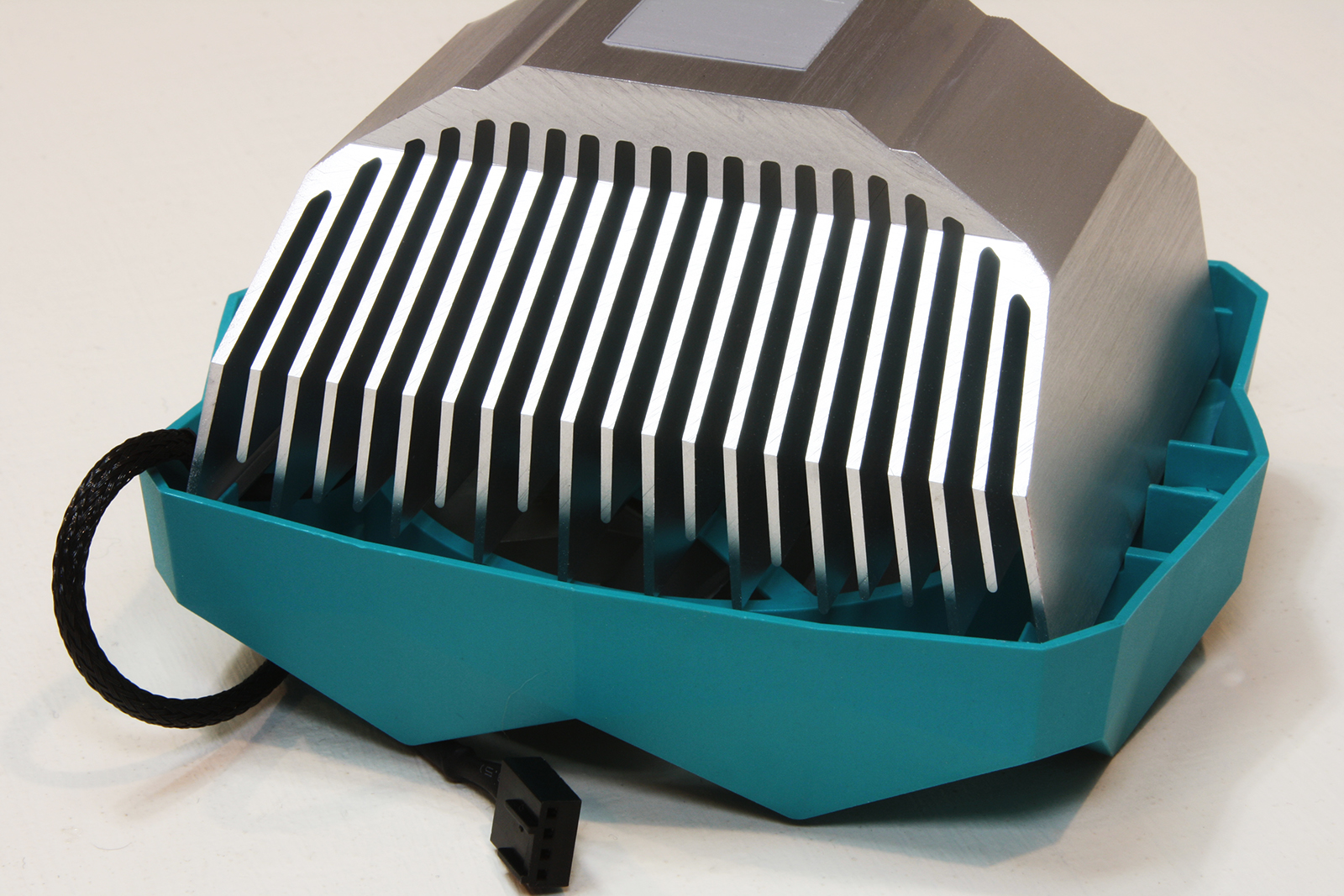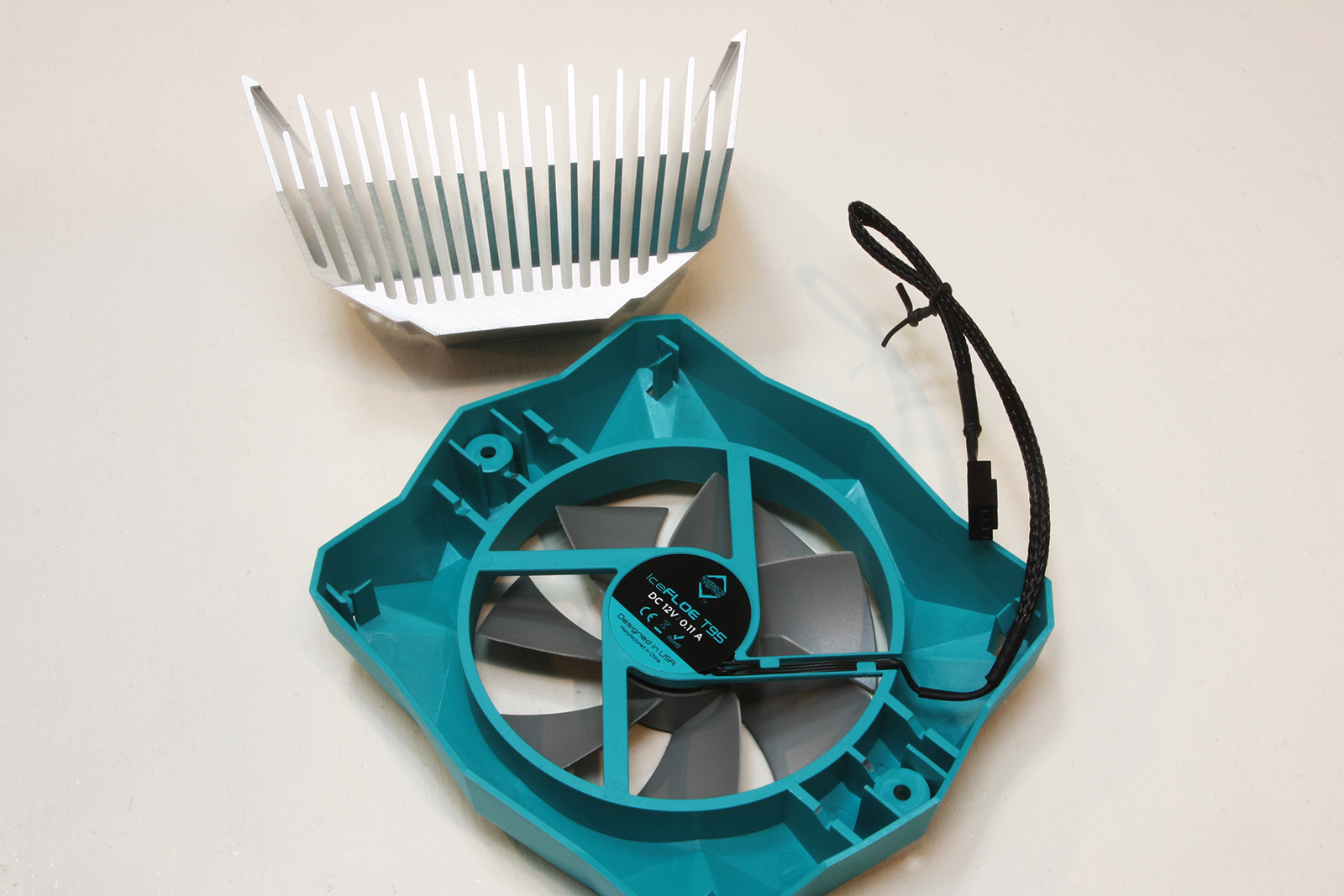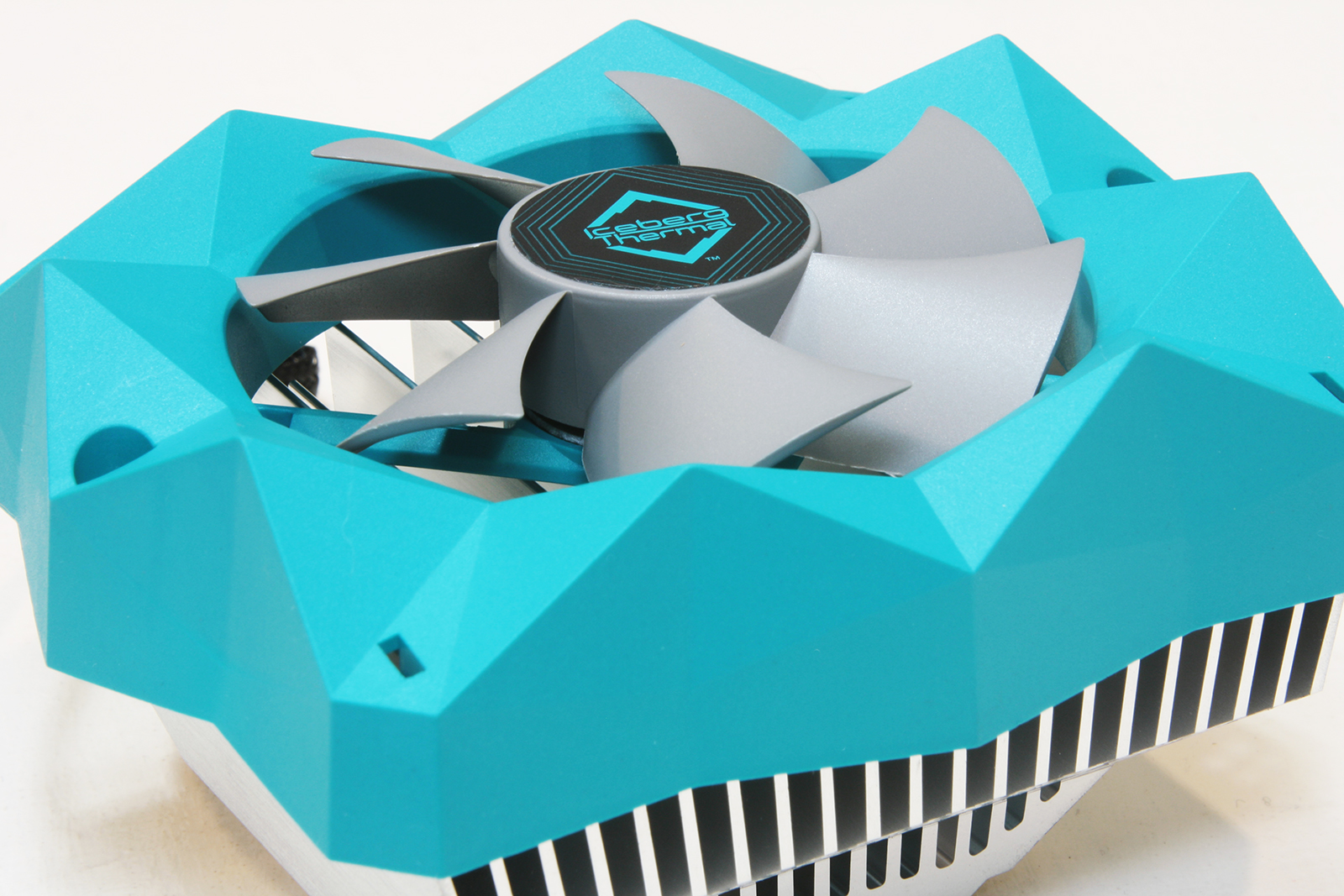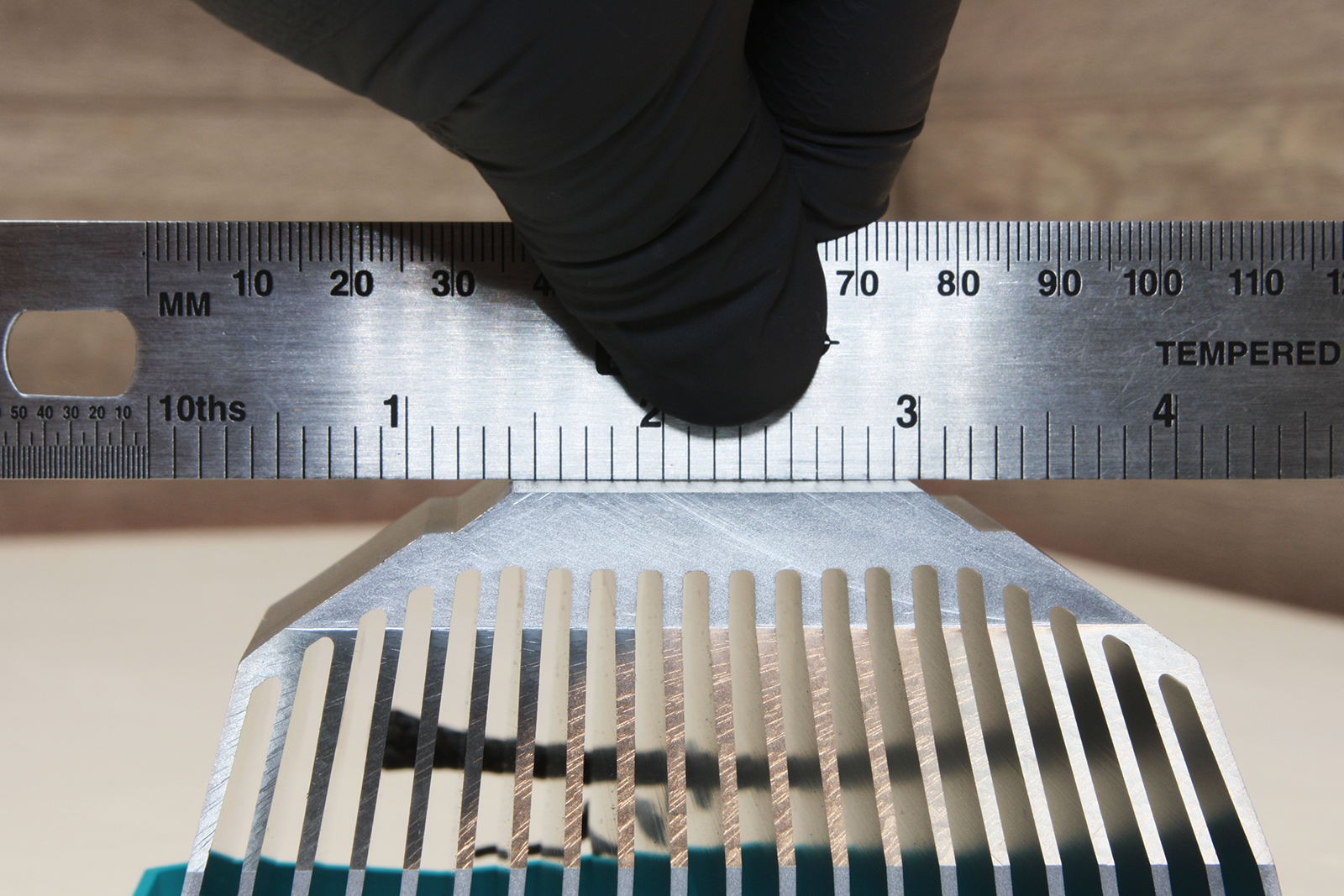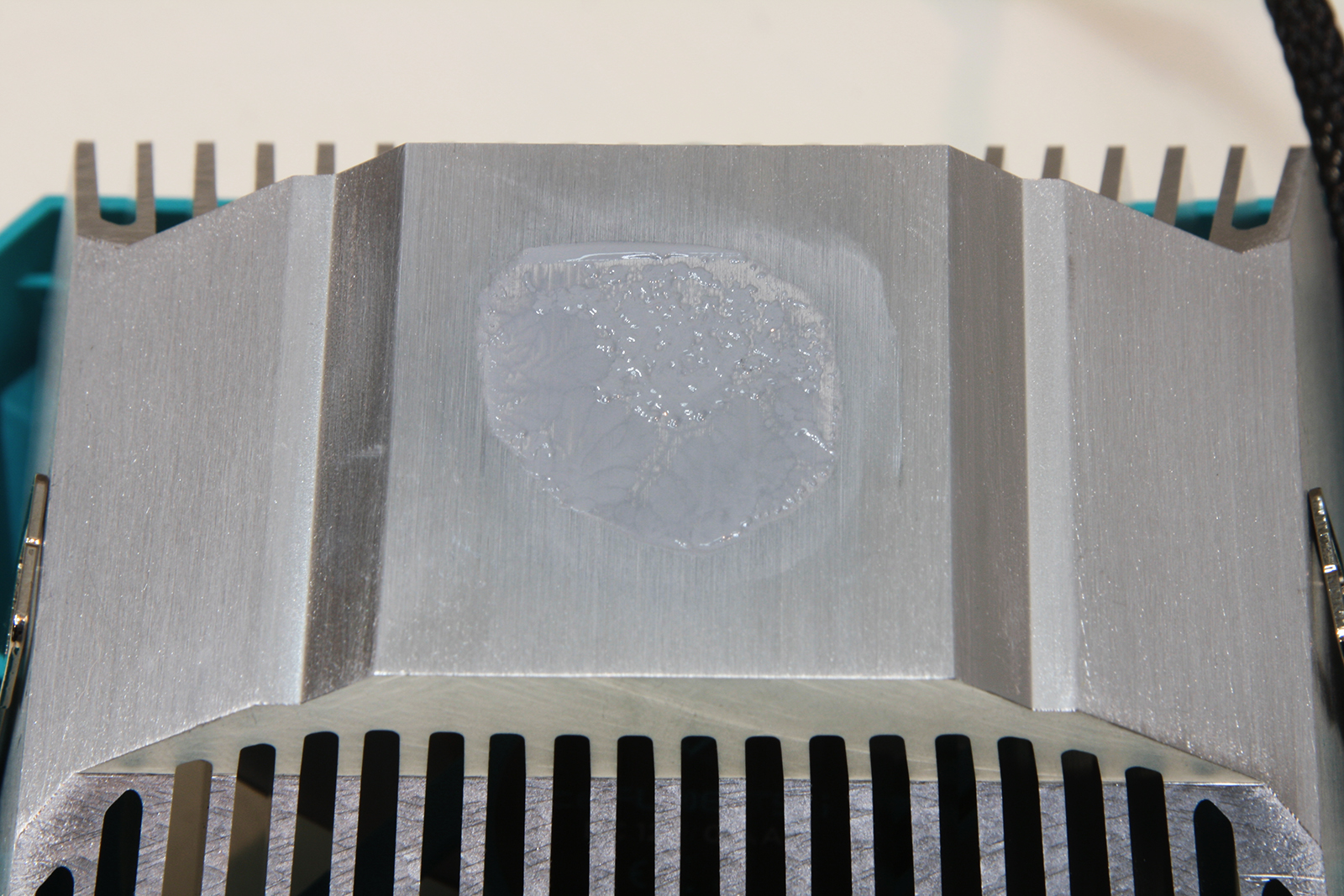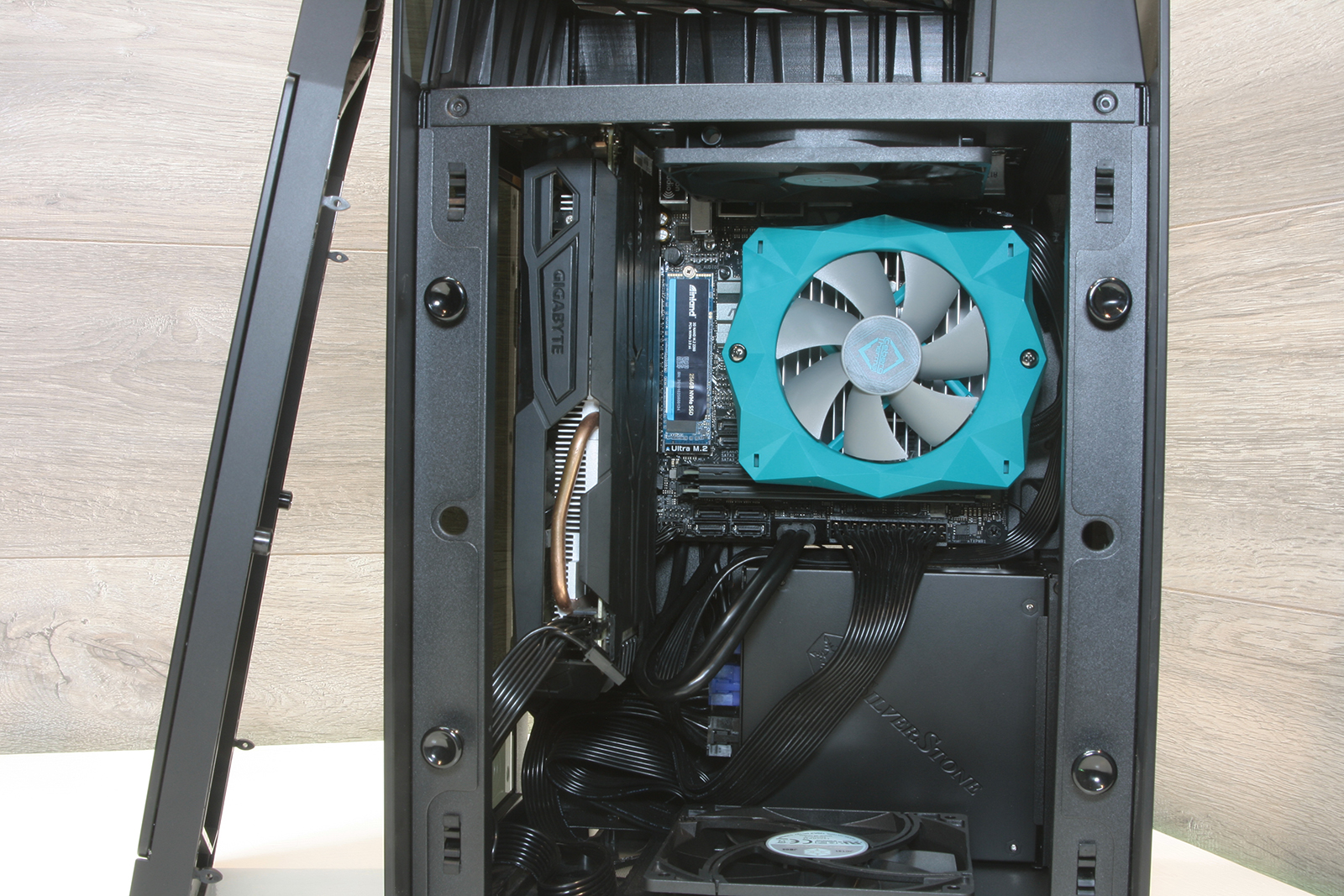Tom's Hardware Verdict
Stylish design and small footprints make the T95 and T65 ideal as alternatives to stock Intel or AMD coolers, if you can look past their premium price tag as direct stock cooler replacements. Both fit sockets supporting high-core-count CPUs, but make no mistake: These coolers will be their happiest on low-wattage builds, but only testing will tell if they deserve a spot on our best CPU cooler page.
Pros
- +
Compact mounting with zero RAM clearance issues.
- +
Stylish, industrial design
- +
Great for lower power system builds
Cons
- -
Fan noise is loud at high RPM
- -
Average cooling potential
Why you can trust Tom's Hardware
Many hardware enthusiasts focus on daily announcements of next-generation processors packing more and more CPU cores into a single die, inching closer and closer to self-contained super-computer workstations. Such hardware leaves power users rushing to fill online shopping carts with liquid-cooled radiators or towering heatpipe cooling behemoths, each armed with RGB lighting to rival a New Year’s Eve ball drop at Times Square.
However, some choose to build small and slim, without any desire for RGB. Many compact desktops and low-power builds also require cooling and, dare we say, just the slightest bit of pizazz that can fit into the palm of your hand.
The Iceberg Thermal T95 and T65 represent low-profile and ultra-compact cooling solutions for small system builds featuring lower power CPUs, providing up to 95w and 65w of potential cooling respectively (we see what you did there, Iceberg Thermal).
Specs for Iceberg Thermal IceFLOE T95
| Height | 3.50" / 88.9mm |
| Width | 5.50" / 139.7mm |
| Depth | 4.75" / 120.7mm |
| Memory Clearance | No Limit |
| Assy. Offset | 0.00 (centered) |
| Cooling Fans | (1x) 92mm |
| Connectors | (1x) 4-pin PWM |
| Weight | 15.7 oz / 444g |
| Intel Sockets | 115x, 1366, 1200, 775 |
| AMD Sockets | AM2(+), AM3(+), AM4, |
| FM1, FM2(+) | |
| Warranty | 6-years |
| Web Price | $27 |
Iceberg Thermal IceFLOE T95 Features
The IceFLOE T95 takes a minimalistic approach to mounting hardware, which includes tension bands, and spring-loaded fasteners as well as pushpin bracket supports for Intel motherboards. The T95 supports a wide range of current and previous AMD and Intel sockets, but does not offer support for either manufacturer’s high-end desktop processors.
Iceberg Thermal covers the T95 with a 6-year warranty.
The T95 uses a single-piece aluminum heatsink and arrives with a patch of pre-applied thermal compound. The heatsink itself snaps into plastic tabs on the fan housing. While the cooler has a wide presentation, the base of the heatsink is relatively thin, making for less overall mass to potentially soak up thermal energy, but also (theoretically at least) should make for faster dispersal of heat.
The IceFLOE T95 uses a 92mm 4-pin PWM fan molded as a single piece to make up the cooler’s fan housing. The fan itself features a hydraulic bearing with a rated lifespan greater than 40,000 hours and is speeds up to 2200 RPM.
Get Tom's Hardware's best news and in-depth reviews, straight to your inbox.
The molded fan housing features jagged sets of peaks and valleys to mimic the sharp, glacial features of the company’s namesake.
Even though the heatsink is made entirely of aluminum, the cooler feels heavier than someone would expect an aluminum heatsink should feel. Sharp angles and precision milling make it both simple in design, yet tastefully engineered.
The base of the T95 provides a snug fit with a metal rule, making it completely flat, give or take a micron or two. This will provide for a neutral mating surface for all CPU-integrated heat spreaders (IHS).
Our thermal compound contact patch was a bit uneven, most likely due to the T95 only having the two tension points – one on each side. Even with alternating tension, there isn’t a perfect patch when fully seated, but there is adequate coverage, which spreads to approximately 80-85% of the CPU IHS, covering the center and cores of our Core i3-8350K.
Installation of the IceFLOE T95 is similar to most Intel pushpin cooler applications, while making use of side tension screws and bars to secure the cooler. Since the T95 is so compact, memory DIMM heat spreader conflicts shouldn’t be an issue.
Current page: IceFLOE T95 Features and Specifications
Next Page IceFLOE T65 Features and Specifications
Garrett Carver is a contributor for Tom’s Hardware, primarily covering thermal compound comparisons and CPU cooling reviews; both air and liquid, including multiple variations of each.
-
closs.sebastien it could be tested and compared with intel stock cooler for i5. This comparison would have been nice and useful.Reply -
damric You should have included some stock coolers in comparison. Also no AVX? That's weak. Leave the CPUs at stock, sure, but let them stretch their legs to the fullest to see if this actually an adequate cooling solution. Adequate = no thermal clock throttling or shutdown. This review tells me no useful information at all.Reply
As for the product, looking at the poor quality extruded aluminum, I doubt it performs better than the freebie low TDP stock coolers from Intel or AMD. If it does, then I doubt it costs less than what you can get the higher TDP stock coolers from Ebay, like the Intel ones with the copper core and Wraith Spire/Prism. A lot of people give those away on the forums for free +shipping. -
CompuTronix Reply
The Author's test methodology is correct.damric said:Also no AVX? That's weak. Leave the CPUs at stock, sure, but let them stretch their legs to the fullest to see if this actually an adequate cooling solution.
Prime95 Small FFTs (all AVX test selections disabled) is ideally suited for testing thermal performance, because it conforms to Intel's Datasheets (see page 90, section 5.1.1, 1st paragraph, 2nd sentence)as a steady-state 100% TDP workload with steady Core temperatures. No other non-proprietary utility can so closely replicate Intel's thermal test workload, however, OCCT Small Data Set (Steady Load), SSE Instruction Set is very nearly identical.
When heavy "real-world" AVX workloads are at "peak" load, such as video transcoding apps (which are fluctuating workloads), the workload will typically approach, but not exceed P95 Small FFTs without AVX. The CineBench R23 CPU Render Test shown below is a good example of a utility which replicates real-world AVX transcoding workloads. Prime95 Small FFTs (all AVX test selections enabled) is nearly a 130% workload, which is unrealistically higher than real-world AVX workloads.
Utilities that don't overload or underload your processor will give you a valid thermal baseline. Here’s a comparison of utilities grouped as thermal and stability tests according to % of TDP, averaged across six processor Generations at stock settings rounded to the nearest 5%:
CT :sol: -
Flayed One thing I don't get with the temperature chart is it looks like the ambient temperature is 37 degrees?Reply -
damric ReplyCompuTronix said:The Author's test methodology is correct.
Prime95 Small FFTs (all AVX test selections disabled) is ideally suited for testing thermal performance, because it conforms to Intel's Datasheets (see page 90, section 5.1.1, 1st paragraph, 2nd sentence)as a steady-state 100% TDP workload with steady Core temperatures. No other non-proprietary utility can so closely replicate Intel's thermal test workload, however, OCCT Small Data (Steady Load), SSE Instruction Set is very nearly identical.
When heavy "real-world" AVX workloads are at "peak" load, such as video transcoding apps (which are fluctuating workloads), the workload will typically approach, but not exceed P95 Small FFTs without AVX. The CineBench R23 CPU Render Test shown below is a good example of a utility which replicates real-world AVX transcoding workloads. Prime95 Small FFTs (all AVX test selections enabled) is nearly a 130% workload, which is unrealistically higher than real-world AVX workloads.
CT :sol:
Be a man or be in the band. -
Co BIY R&D challenge: Find a more off-putting color than Noctua for our cooling solution.Reply
Mission accomplished.
Maybe they got a deal on bulk plastic originally made for the Lego "Friends" sets.
I would like to see a full-on review of this newer intel OEM cooler.
https://www.amazon.com/Intel-Heatsink-Assembly-Cooling-BXTS15A/dp/B013U542QE/ref=sr_1_8?dchild=1&keywords=intel+cooler+oem&qid=1613840100&sr=8-8

